It’s human nature to shy away from the things that we don’t like doing and to avoid the gritty work. That doesn’t change the fact that the work still needs to get done and it needs to get done well.
When you embrace the importance of the small details of your work, then you can give yourself space to execute on those details really well and to connect with the people who are impacted by those details. The result is something sublime because you’re not only seeing the project, you’re seeing the people impacted by the work you produce.
Read on for the 3 steps that will transform your mundane or frustrating tasks into rewarding work that you look forward to doing.
1. Acknowledge and accept that every system will, at times, fail.
What do great User Experience (UX) designers present you with when their apps crash? We know you know this one. You present someone with an empathy banana. Wait, what?
Discord, the chat and text app, has a terrific non-sequitur response when a search comes up empty. Not always, but on rare joyous occasions, the no-results screen shows you a banana image with the words “no results found. Empathy banana is here for you.”
Discord created a light-hearted beat for users to forget their frustration. The banana could be anything (the app will also sometimes reference dropping a magnifying glass when search is down). While the humor is appreciated; this moment matters because it shows a bit of the team’s personality and lets users feel seen.
Instead of a simple error message, Discord has taken the time to acknowledge frustration. It’s an important spark of connection that occurred because the team acknowledged and accepted that not every search query will result in success. It was what they did with that knowledge that made all the difference.
You may not be involved in UX design of crash screens, but you can bring the same mindset to the work that you do. What are the “crash states” that your colleagues run into and how can you make those crash states a little better?
Brand strategist Renny Gleeson, the chief strategy officer for SciFutures, talked about the opportunity provided by moments of frustration in his TED Talk about 404 error pages. Renny highlights how moments that are otherwise frustrating can be used to create connection instead.
“Little things done right actually matter,” said Gleeson. “Well-designed moments can build brands.”
2. Take ownership of the mundane to make other people’s lives better.
As an engineer, you love building things. But the reality is that there’s a lot of daily maintenance that needs to happen in order to support what your team is building. It’s bugs and QA and co-ordinating complex projects and deploys.
Don’t shy away from the tasks you don’t like doing. Instead, pause and spend time to think about those routine tasks from a new perspective. This is an opportunity to not only make something delightful for your users and co-workers but to make their lives better.
Take ownership of tasks and you’ll discover two new feelings: a sense of connection with your team and a deeper satisfaction when you complete the routine parts of your job.
The service component of what you’re doing is important. When you’re thinking about the other people who come after you, it no longer feels like you have to do this chore alone. Instead, you’re part of something bigger. Aiding your team is fulfilling, a chance to foster collaboration even if you’re working asynchronously.
If you’re no longer rushing to complete something, you’re more engaged and may be surprised by what you learn. For us, we’ve seen how thoughtful ownership can pay real dividends with documentation. It’s taken a task that can feel dreadful and transformed it into a part of our DNA.
We now know documentation is a way for team members to provide an internal roadmap for each other, as well as demonstrate why particular code choices were made. This has helped us when onboarding new team members and provided a solid foundation of collaboration by slowly improving our documentation habits over time.
3. Turn difficult moments into something awesome.
Once you own your process and embrace that there will be bumps along the way, you can flip the narrative. It’s not a case of why your search didn’t find anything, it’s a chance to be delighted by an empathy banana (and yes, it is delightful).
Our intentional approach to documentation strengthened the connections on our team and it made us wonder how else could we apply this mindset of turning problems into opportunities. That was right around the time that we began working on our data handling policy.
We’ve been working for months to make sure our approach to data analytics is clear, transparent and easy to understand. We’ve done that to build trust with our users and to reinforce the idea that we are consistently leaning into the human side of our work.
We believe that analytics, like documentation, is a chance for us to look at what is necessary and place it front and center. We’re shining a light on the gritty work. The rote work. The work that doesn’t often get discussed.
And we’re hoping it sparks something in you. Every day you take on tasks that are not glamorous. The gritty might make up the bulk of your projects.
Bring that into the light. Revel in the details. So, you can find more of yourself in the moments of connection with your team and users.
Photo by Mike Dorner on Unsplash.


